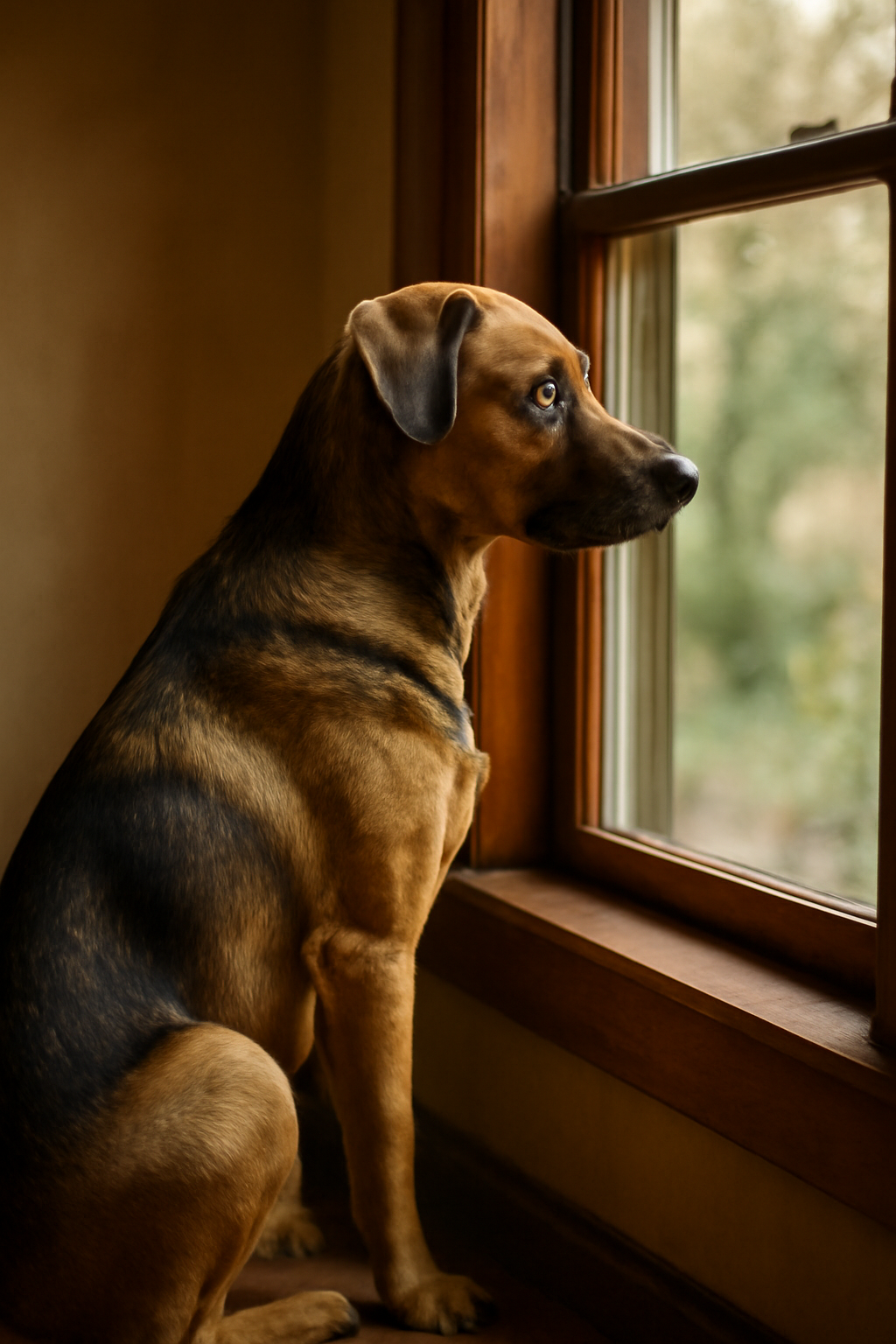Separation anxiety affects dogs and sometimes cats when they become overly stressed by their owner’s absence. Recognizing signs early and applying structured techniques, like desensitization and counter-conditioning, can help your pet feel calmer and more confident. In this guide, you’ll find practical advice adapted to all breed sizes and life stages.
Identifying Separation Anxiety
Pets with separation anxiety often display specific behaviors around departure: they may follow you closely, whine, pace, drool, or try to escape. Once you’re gone, they might bark, destroy items, have accidents, or self-harm. Cats may vocalize, over-groom, or soil outside their tray. Symptoms typically appear within minutes and occur every time you leave.
Why It Develops
Triggers include major changes like moving, loss of a companion, adoption, or shifts in routine (e.g., returning to commuting post-pandemic). Shelter dogs are at higher risk, but any pet lacking alone-time experience may develop anxiety.
Techniques to Minimize Anxiety
Environment Preparation
Create a comforting space: a quiet room or crate with familiar blankets and toys. Use pet-safe calming tools like dog-appeasing pheromones for dogs and synthetic feline analogs. Keep departures and arrivals low-key no dramatic farewells or greetings.
Desensitization + Counter Conditioning
Teach your pet to associate alone time with positive experiences. Gradually increase your absences: start by stepping out briefly, then rewarding calm behavior with treats or play when you return. Repeat sessions without escalation, until being alone feels safe and predictable.
Alternative Cues & Distractions
Teach a ‘settle’ command on a bed or mat. Offer treat-dispensing toys or puzzles just before departure to occupy their mind. These engage both body and brain, reducing stress.
Dog waiting calmly by the door—illustrating a pet anticipating departure while starting a desensitization program
. Gradual Routine Building
If your pet previously spent all day with you, reintroduce alone time slowly. Short absences first, then gradually longer periods, always rewarding calm and not punishing anxiety.Exercise & Mental Stimulation
A well-exercised pet is less stressed. Medium and large breeds benefit from daily play and walk routines. Cats do well with interactive play before alone time. Mental stimulation—like puzzle feeders—helps redirect energy.
Know When to Get Help
If behaviors are severe—dangerous escape, self-injury, persistent stress—seek a certified behaviorist or veterinarian. Medication (e.g., fluoxetine) may be used short-term alongside behavior training.
Breed & Life-Stage Considerations
- Small breeds (e.g., Chihuahuas): Often anxious; start alone-time training early with short intervals.
- Medium breeds (e.g., Corgis): Combine exit training with fetch or puzzle toys before leaving.
- Large breeds: Build structured routines and gradual departures; use harness-based calm-down routines.
- Cats: Provide hiding spots, vertical space, and timed feeding; use gentle desensitization with triggers like door sounds and reward quiet behavior.
Quick Tips
- Keep entries/exits calm and routine.
- Use crate or safe spaces paired with rewards.
- Provide interactive toys to ease alone time.
- Practice five-minute absences consistently.
- Reward quiet, calm behavior upon return.
- Consult a pro if destructive or anxiety behaviors persist.
